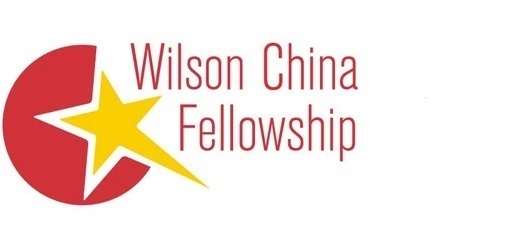Crossroads of Regret: Unveiling Asia's Belt & Road Dilemma
China is using its vast development financing capacity to shape the future of global development. By providing financing and implementation resources for big ticket infrastructure, it is swaying public opinions in favor of the Chinese development model. But with around 60% of all Low- and Middle-Income Countries facing debt distress, one-third of all Belt & Road projects are facing implementation challenges. To counter reputational risks, China's response has involved providing record amounts of rescue loans to BRI countries struggling with loan repayments. However, it is not clear when, where, or why Beijing learns from prior mistakes, and how it adapts its approach considering changing policy contexts in countries with varying strategic values. This study narrows this gap through comparative country case studies of contexts where public and elite opinions remained steadfastly aligned with China, and others where they have swayed away from it.

Ammar Malik
Ammar A. Malik is Senior Research Scientist at AidData, a research lab at William & Mary's Global Research Institute, where he leads the Chinese Development Finance Program. His team develops pioneering methods to track and analyze underreported financial flows from non-traditional donors to developing countries. This work has been featured by numerous media including the Economist, Financial Times, Foreign Affairs, Foreign Policy, the New York Times, and Washington Post. Previously, Ammar has worked for the Harvard Kennedy School, Urban Institute and Standard Chartered Bank. For his work on measuring the distributional effects of infrastructure has won awards from the Association for Public Policy and Management and the World Bank. A non-resident fellow at the Urban Institute and research fellow at the Center for Economic Research in Pakistan, Dr. Malik obtained his PhD in Public Policy from George Mason University.

